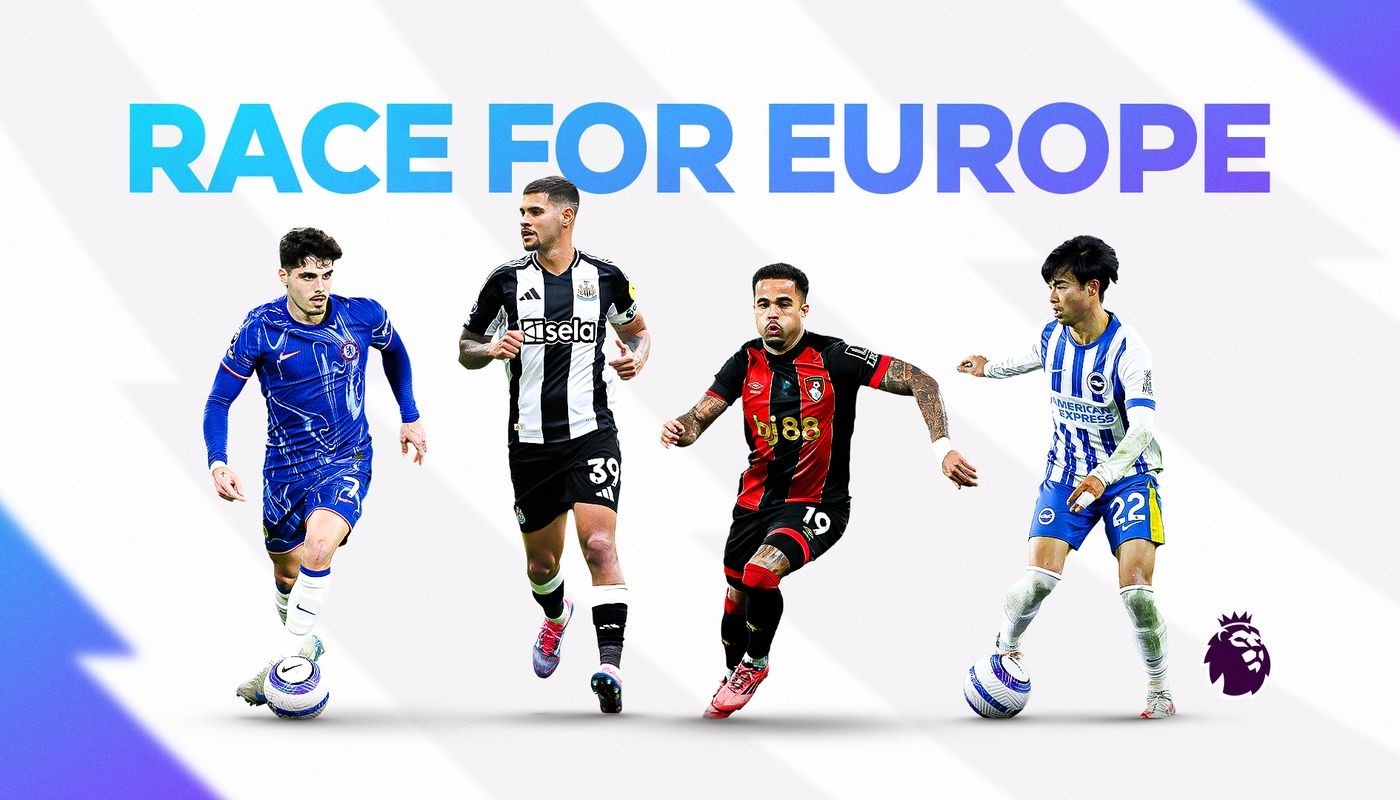The 2025 FIFA Club World Cup, hosted for the first time in the United States, has offered far more than just a showcase for Europe’s elite. Behind the glamour of Real Madrid, Manchester City, and Bayern Munich lies a deeper, more transformative narrative one defined by scorching heat, weather delays, and underdogs rising on football’s grandest club stage.
A Global Tournament Finally Living Up to Its Name
The expanded 32-team format has done more than increase participation; it has rebalanced the playing field. Clubs from Africa, Asia, and Oceania once overlooked are now competing with and even outsmarting household European names.
- Auckland City drew 1–1 with Boca Juniors, defying expectations with tactical discipline.
- Wydad AC and Mamelodi Sundowns have pushed matches to the brink, showing they can go toe-to-toe with clubs backed by billion-dollar budgets.
- Flamengo’s upcoming duel with Bayern Munich is more than symbolic it reflects how South American clubs are no longer mere participants, but serious contenders.
- This structural evolution has finally given fans what they’ve long asked for: a true club world championship, not a European victory parade.
The Heat Is On: America’s Summer Climate Test
While the diversity of teams has been a highlight, the tournament has also exposed the harsh realities of hosting summer football in the U.S.
- Temperatures have regularly hovered above 90°F (32–35°C), with humidity levels making conditions almost unbearable.
- Multiple matches have been paused for cooling breaks, while afternoon thunderstorms have led to lengthy delays and disrupted match rhythm.
Chelsea and PSG have reportedly adjusted their training schedules to mornings only. Atletico Madrid players have spoken publicly about the brutal pitch conditions, while several matches including Benfica vs. Auckland City have been suspended mid-game due to lightning strikes.
These conditions have turned every match into a test of not just tactics and talent but stamina, hydration, and climate adaptation.
The Good: Passion, Progress, and Unpredictability
- South American fans have brought color and energy, transforming ordinary stadiums into football cauldrons.
- New narratives are being written African clubs making deep runs, Asian teams surprising seasoned opponents, and the growing appeal of underdog stories.
- For the first time, true unpredictability defines the Club World Cup. No match is guaranteed, no opponent too small.
The Bad: Pitch Quality and Patchy Attendance
Not everything has gone smoothly.
- Pitch conditions—especially in converted NFL stadiums have drawn criticism from players and coaches.
- Attendance has fluctuated wildly. While matches involving giants like Manchester City and Real Madrid have packed stands, others have drawn sparse crowds, some below 15% capacity.
- The contrast between packed atmospheres and nearly empty stadiums has highlighted the challenge of selling a global club competition to U.S. audiences not always familiar with teams outside Europe.
The Ugly: Logistical Gaps and Credibility Questions
- Delays due to weather have made scheduling unpredictable and player recovery harder.
- Player fatigue and injury risk have raised concerns, especially for teams playing twice within 72 hours.
- Some observers have questioned the inclusion of certain clubs due to commercial appeal rather than sporting merit, potentially undermining the competition’s credibility.
Underdogs Steal the Spotlight
The tournament’s most compelling storyline, however, is how underdogs have forced giants to sweat.
- Manchester City struggled in their opening match.
- Bayern Munich, despite a 10–0 victory over Auckland City, were tested hard in other matches.
- Teams from lesser-known leagues have not only earned respect they've exposed weaknesses in even the best squads.
This underdog rise is reshaping global football optics. No longer can the Club World Cup be seen as an inevitable march to a European winner. The new format demands readiness, respect, and tactical excellence regardless of badge or budget.
Beyond the Big Names: The True Face of the Club World Cup in the USA
While much of the global attention has centered on European giants like Real Madrid, Manchester City, and Bayern Munich, the real story of the 2025 Club World Cup may be unfolding closer to home. Inter Miami, representing Major League Soccer and the host nation, has quietly become one of the most compelling narratives of the tournament.
Despite not topping their group, Inter Miami advanced to the knockout stage an unprecedented achievement for a U.S.-based club in the modern expanded format. Their performances have proven that American clubs are no longer just present for marketing or hosting purposes they’re here to compete.
With L. Messi still influencing the game alongside former European stars Luis Suárez and Sergio Busquets, Miami found a competitive rhythm and adapted well to the climate that has challenged so many international teams.
Looking Ahead
The 2025 edition of the Club World Cup is more than just a football tournament it’s a preview of the future of global football. With the 2026 FIFA World Cup also set for North America, this competition is serving as a stress test for infrastructure, fan engagement, and environmental planning.
If anything has become clear, it’s this: the gap between giants and minnows is closing and that’s the best thing that could happen to the sport.
Subscribe to our newsletter for more exclusive soccer stories, match breakdowns, and rising star features from around the world.
 CONCACAF Nations League
CONCACAF Nations League

 FIFA Club World Cup
FIFA Club World Cup

 UEFA Nations League
UEFA Nations League

 Super Cup
Super Cup

 Community Shield
Community Shield










